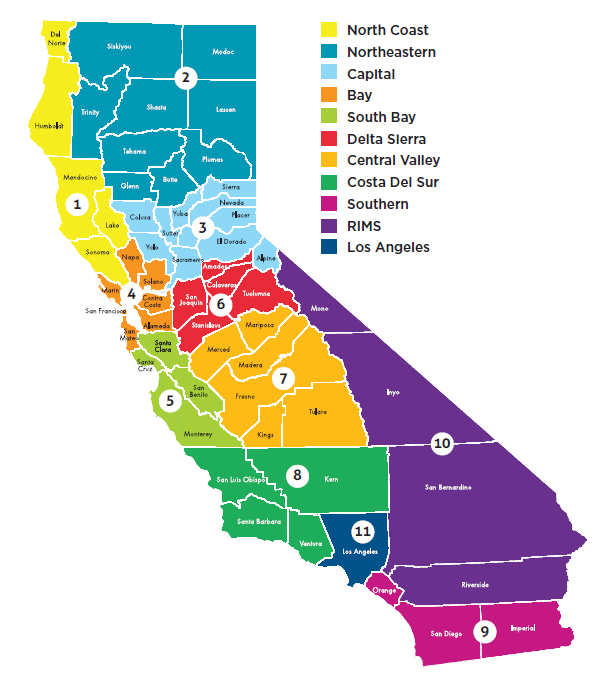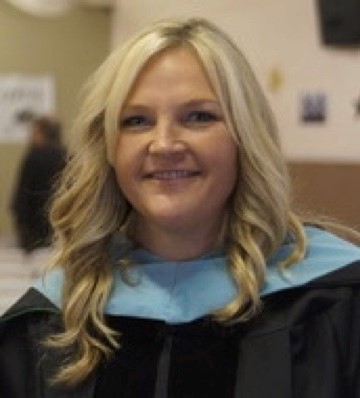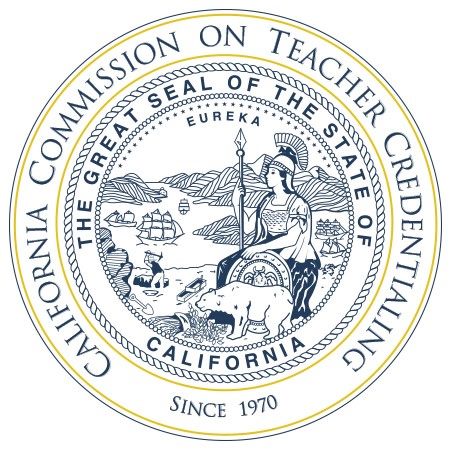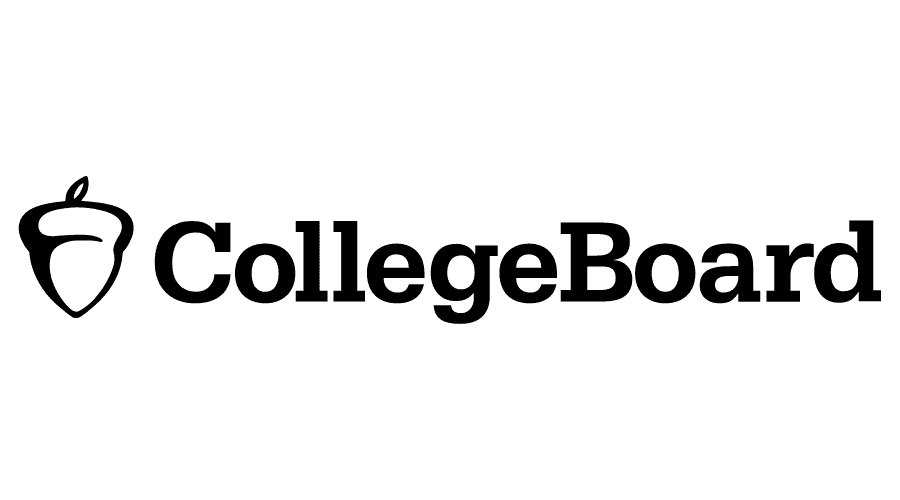From The Desk Of
Peter Birdsall Executive Director
On May 20, the Education Coalition released its letter in response to the Governor’s May Revision. This letter is particularly important in the budget discussions because it represents a consensus among the major statewide K-12 education organizations. The core message of the Coalition letter is that we are opposed to the proposed cuts to K-12 education and that such cuts are incompatible with re-opening school campuses for the coming school year.
This year’s budget crisis is different in several important ways. The debate is not just about cutting school funding but doing so in an environment where schools must spend more in order to protect the safety of students and staff. Further, the value of education is not only the investment in the future by preparing California’s children, but the immediate impact of being able to fully re-open the state’s economy. Finally, legislators and education advocates know that the state has the tools available to avoid the proposed budget cuts.
There are only about three weeks for the Legislature and the Governor to reach a compromise on the budget. The ability of the education community to respond quickly with a consistent voice is a major reason the Education Coalition was established and has continued to work together since the devastating cuts to education that resulted from voter approval of Proposition 13 in 1978.
Following up on his success with Proposition 13, in 1980, Howard Jarvis sponsored Proposition 9, which would have imposed deep cuts to the personal income tax. Most political pundits commented that the Jarvis/Gann movement was unstoppable and predicted voter approval of Prop. 9. At that time, I was Director of Governmental Relations for State Superintendent of Public Instruction Wilson Riles.
Recognizing the failure of the traditional campaign techniques to defeat Prop. 13, Wilson agreed to serve as Chair of the campaign to oppose Proposition 9. His Senior Advisor, Marion Joseph, left state service to manage the campaign, and I co-wrote the campaign manual and provided trainings on constituency-based organizing. Our analysis was that organizing around constituencies like the education community, health community, and public safety was the most effective path to defeating another effort to cut funding for critical public services.
The success of the campaign to defeat Proposition 9 led to a realization within the education community that we are most effective when working together. In 1981, I left state service to start my own firm and my first client was Citizens for Education, a coalition of the same nine organizations that form the Education Coalition today. In the early 1990’s the group was re-branded as the Education Coalition, but the same structure of collaboration among organization leaders and advocates has continued now for nearly forty years. For 31 of those years, until I joined CCSESA, I served as the lead consultant for the Coalition. From 2004 until she joined CCSESA in 2011, Sandra Morales coordinated the Coalition’s advocacy efforts in the State Capitol.
As it currently operates, CCSESA’s strong involvement in the Coalition continues, including Steve Henderson serving as the Coalition’s Treasurer. We will know by June 15 how successful the Coalition has been at protecting the interests of K-12 education, but there can be little doubt that our collective efforts are most effective when we are voicing the same concerns and proposed solutions.










